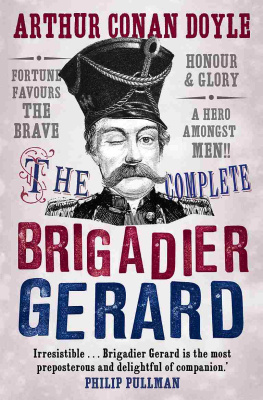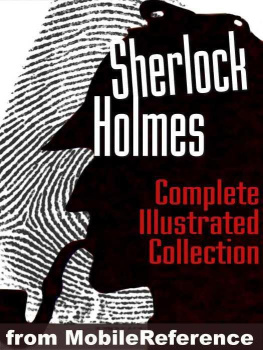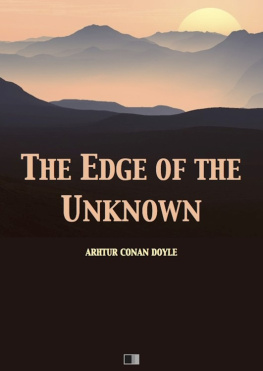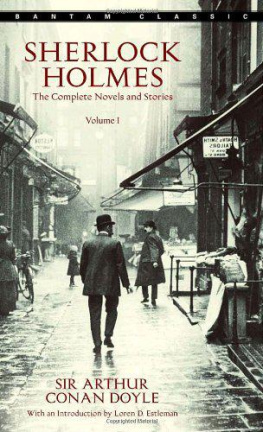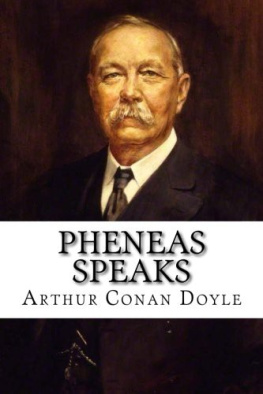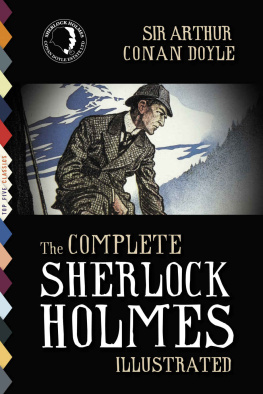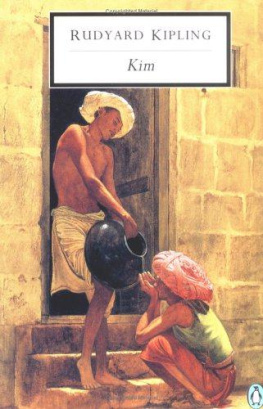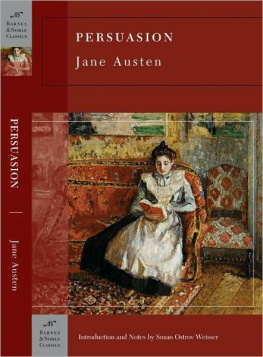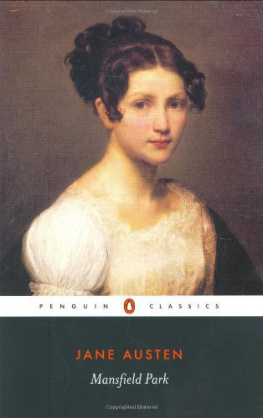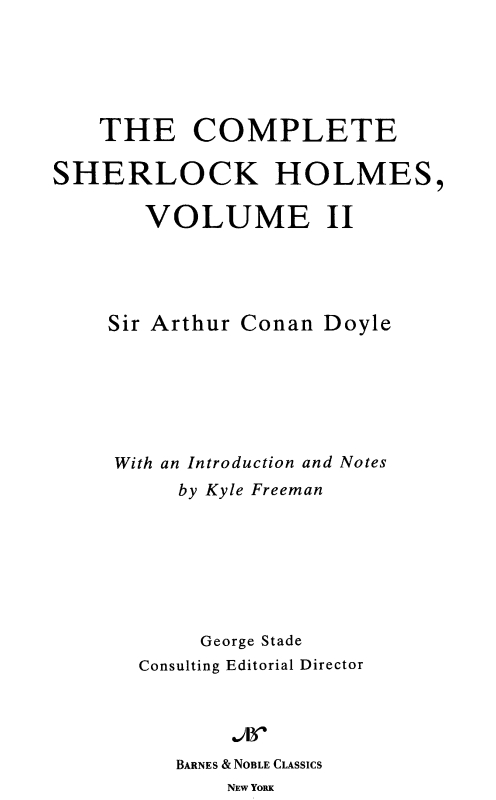
Table of Contents
FROM THE PAGES OF THE COMPLETESHERLOCK HOLMES, VOLUME II
Is it really you? Can it indeed be that you are alive?
(from The Adventure of the Empty House, page 8)
It was indeed like old times when, at that hour, I found myself seated beside him in a hansom, my revolver in my pocket, and the thrill of adventure in my heart. Holmes was cold and stern and silent. As the gleam of the street-lamps flashed upon his austere features, I saw that his brows were drawn down in thought and his thin lips compressed. I knew not what wild beast we were about to hunt down in the dark jungle of criminal London, but I was well assured, from the bearing of this master huntsman, that the adventure was a most grave one.
(from The Adventure of the Empty House, pages 11-12)
What one man can invent another can discover.
(from The Adventure of the Dancing Men, page 56)
When a man embarks upon a crime, he is morally guilty of any other crime which may spring from it.
(from The Adventure of the Priory School, page 92)
Ive seen you handle a good many cases, Mr. Holmes, but I dont know that I ever knew a more workmanlike one than that. Were not jealous of you at Scotland Yard. No, sir, we are very proud of you, and if you come down to-morrow, theres not a man, from the oldest inspector to the youngest constable, who wouldnt be glad to shake you by the hand.
(from The Adventure of the Six Napoleons, page 141)
Come, Watson, come! he cried. The game is afoot. Not a word! Into your clothes and come!
(from The Adventure of the Abbey Grange, page 191)
The motives of women are so inscrutable.
(from The Adventure of the Second Stain, page 216)
Sherlock Holmes had pushed away his untasted breakfast and lit the unsavoury pipe which was the companion of his deepest meditations.
(from The Valley of Fear, page 236)
Mediocrity knows nothing higher than itself; but talent instantly recognizes genius. (from The Valley of Fear, page 238)
The blunt accusation, the brutal tap upon the shoulderwhat can one make of such a dnouement? But the quick inference, the subtle trap, the clever forecast of coming events, the triumphant vindication of bold theoriesare these not the pride and the justification of our lifes work?
(from The Valley of Fear, page 283)
My mind is like a racing engine, tearing itself to pieces because it is not connected up with the work for which it was built. Life is commonplace; the papers are sterile; audacity and romance seem to have passed forever from the criminal world.
(from The Adventure of Wisteria Lodge, pages 359-360)
It may be very much deeper than appears on the surface. The first thing that strikes one is the obvious possibility that the person now in the rooms may be entirely different from the one who engaged them.
(from The Adventure of the Red Circle, page 400)
It shows, my dear Watson, that we are dealing with an exceptionally astute and dangerous man.
(from The Disappearance of Lady Frances Carfax, page 452)
When you follow two separate chains of thought, Watson, you will find some point of intersection which should approximate to the truth.
(from The Disappearance of Lady Frances Carfax, page 455)
To revenge crime is important, but to prevent it is more so.
(from The Adventure of the Illustrious Client, page 498)
The faculty of deduction is certainly contagious, Watson.
(from The Problem of Thor Bridge, page 582)
By Jove, Mr. Holmes, I think you have hit it.
(from The Adventure of the Lions Mane, page 625)
My dear fellow, I fear your deductions have not been so happy as I should have wished. (from How Watson Learned the Trick, page 675)
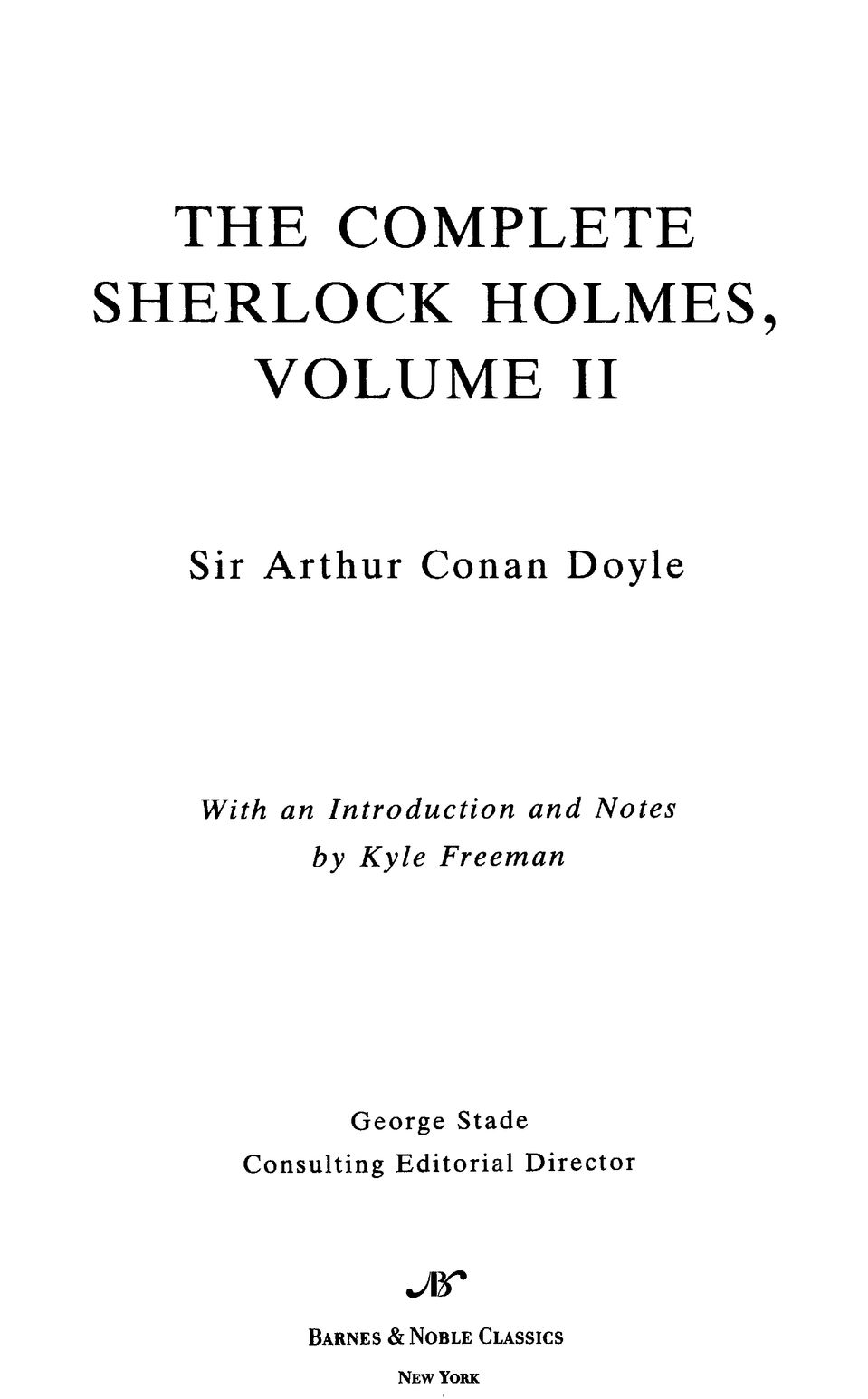
SIR ARTHUR CONAN DOYLE
Arthur Conan Doyle had many careersphysician, writer of popular fiction and nonfiction, war correspondent, historian, and spiritualistbut it was the creation of the cultural icon Sherlock Holmes that was to be his enduring legacy. The author was born in Edinburgh, Scotland, on May 22, 1859. His mother raised ten children on her husbands small income; his fathers poor health and heavy drinking made that a daunting task. Despite this adversity, his mothers willfulness and her exhaustive genealogical research instilled in Arthur a decided sense of purpose.
After early education in Jesuit schools, Conan Doyle enrolled in Edinburgh University, where he earned a medical degree while working part-time to support his family. At the university one of his instructors was Dr. Joseph Bell, who had an uncanny ability to deduce the histories of his patients and who later became a template for Sherlock Holmes. Another teacher, an eccentric Professor Rutherford, inspired the character of Professor George Edward Challenger in The Lost World and two other novels.
Having had a taste of adventure on a trip to Greenland while still a student, Conan Doyle longed to travel after graduation and so took a position as doctor on a ship en route to West Africa. Returning to England, he set up as a physician in 1882. His practice was small at first, so he had time to do some writing. In 1887 the first Sherlock Holmes story appeared, titled A Study in Scarlet. Over the next few years, Conan Doyle would write a historical novel, open a new ocular practice, explore spiritualism, and send Holmes on further thrilling exploits. A second novel, The Sign of Four, came out in 1890, and starting in 1891 the Holmes stories regularly appeared in the Strand Magazine. Two collections, The Adventures of Sherlock Holmes in 1892 and The Memoirs of Sherlock Holmes in 1893, collected a total of twenty-four of the mysteries. However, Conan Doyle felt that work on the Holmes stories was keeping him from writing on more serious historical topics. To the shock of his readers, in the 1893 story called The Final Problem he described the death of his famous sleuth.
In 1894 Conan Doyle published Round the Red Lamp, a collection of short stories with a medical theme; in 1895 The Stark Munro Letters, an autobiographical novel; and in 1896 The Exploits of Brigadier Gerard, set in the Napoleonic Wars. In 1900 he traveled to South Africa in the capacity of war-time physician in Cape Town; his treatise on the Boer War, a defense of Britains tactics, earned him a knighthood in 1902. That same year Conan Doyle published The Hound of the Baskervilles, set before the story that had finished Holmes off in 1893. In 1903 new Holmes stories started to appear in the Strand.
In the coming years, Conan Doyle produced more popular books on a variety of subjects, including three new collections of storiesThe Return of Sherlock Holmes (1905), His Last Bow (1917), and The Case Book of Sherlock Holmes (1927)plus a final Holmes novel, The Valley of Fear (1915). Among many other non-Holmes projects were the three Challenger novels, historical fiction and nonfiction, and several books on spiritualism. He also championed the rights of the wrongly accused, in two separate cases exonerating innocent men.
With the onset of World War I, Conan Doyle served as a war correspondent on several major European battlefields. Following the war, he became a passionate advocate of spiritualism, which he embraced in part to communicate with his eldest son, Kingsley, who had died from influenza aggravated by war wounds. From 1920 until his death, the author wrote, traveled, and lectured to promote his belief in a spiritual life after the death of the body. After a long, demanding journey through Scandi navia, Arthur Conan Doyle suffered a heart attack; he died a few months later, on July 7, 1930, in Sussex.
Next page

